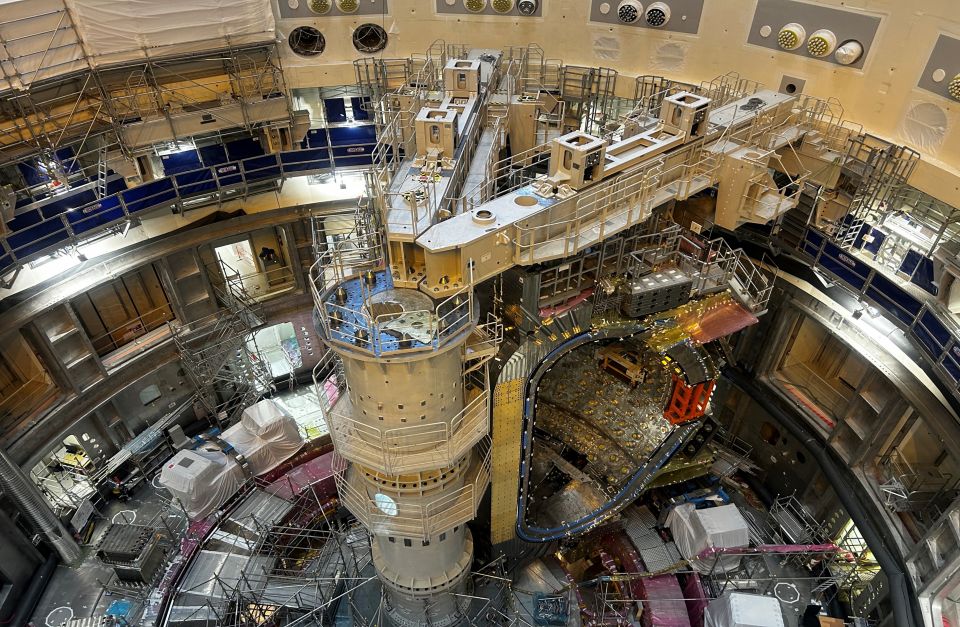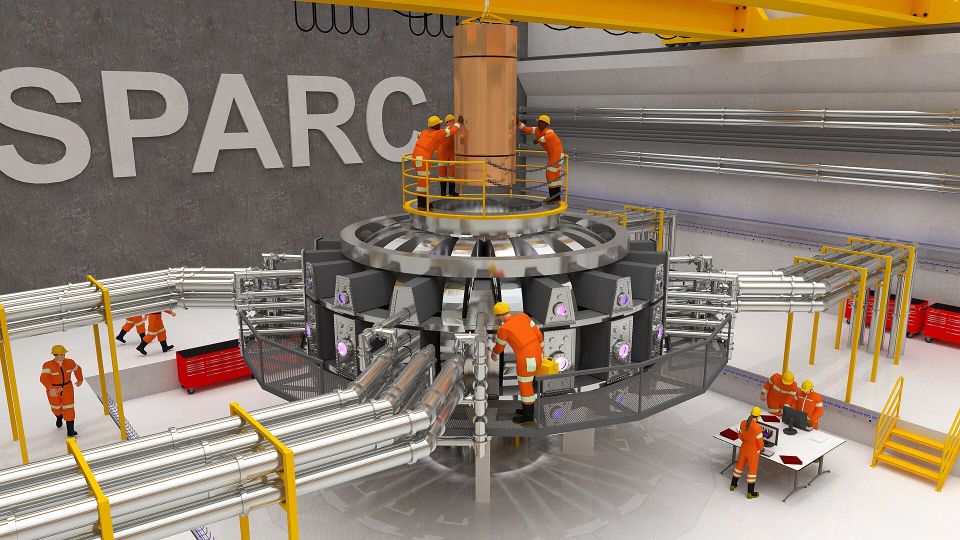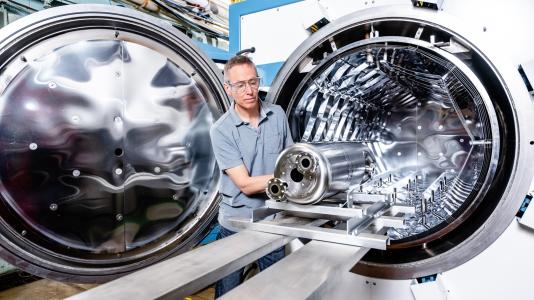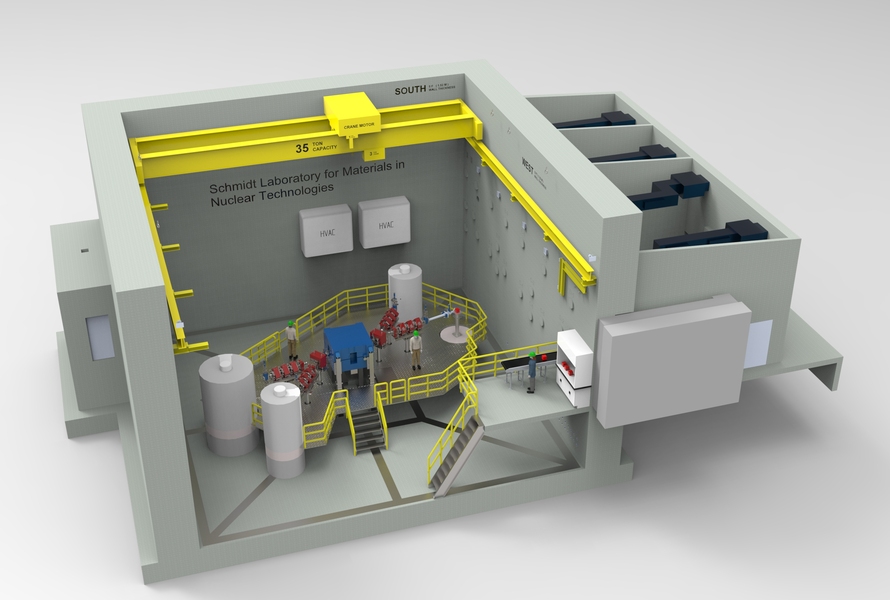Princeton Stellarators and Type One Energy: DOE’s stellarator fusion pilot picks
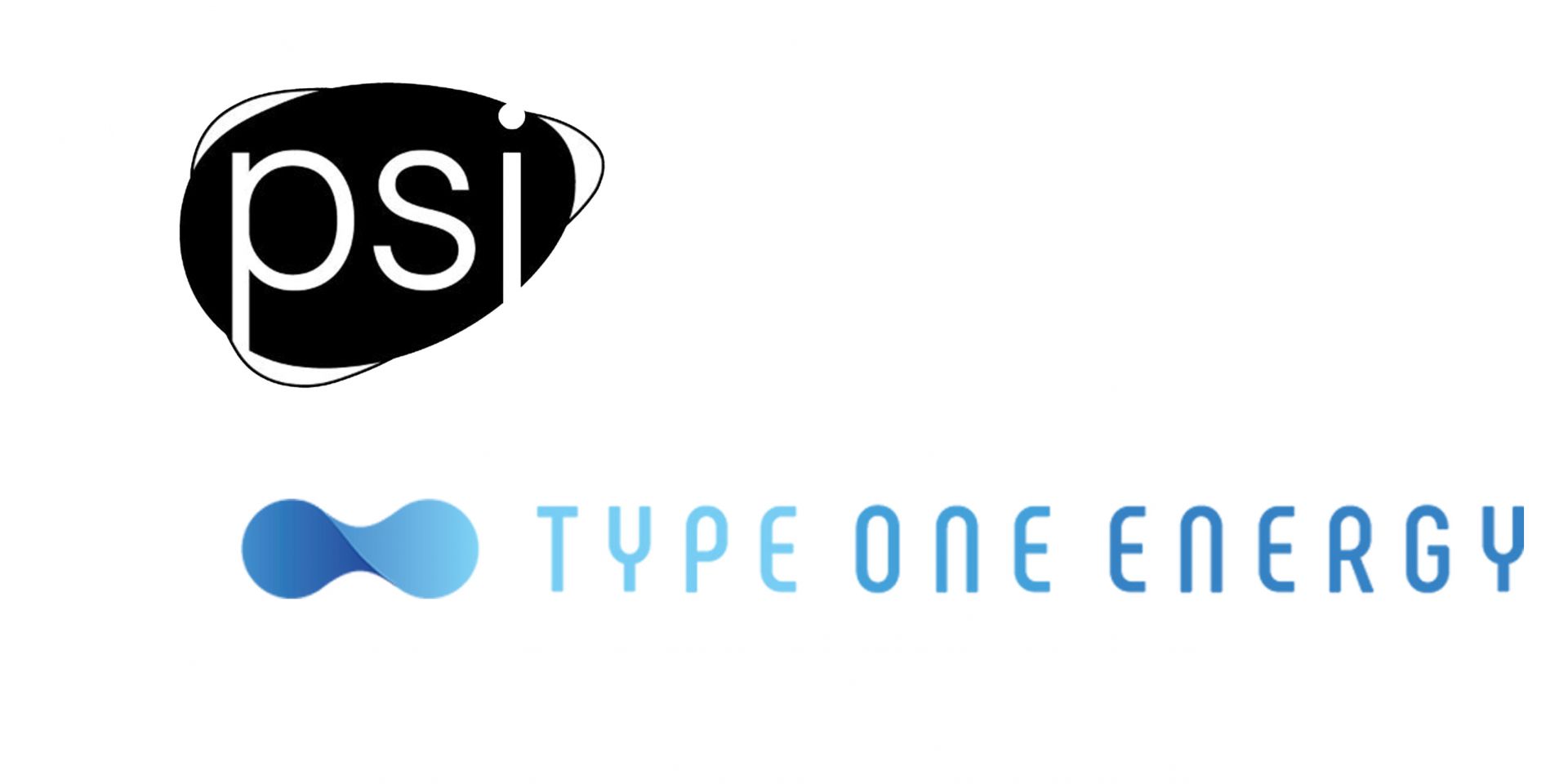
Princeton Stellarators Inc. (PSI) and Type One Energy Group are two of the eight fusion developers selected by the Department of Energy in late May to receive a total of $46 million in funding to kick off a public-private Milestone-Based Fusion Development Program aimed at developing fusion pilot plant designs and resolving related scientific and technological challenges within five to 10 years. The DOE’s selections cover an array of plasma confinement concepts, including the magnetic confinement stellarators being developed by PSI and Type One more than 70 years after the stellarator was first envisioned.
Nuclear Newswire previously took a close look at two of the DOE’s picks: Realta Fusion and Zap Energy (“innovative concept”) and Focused Energy and Xcimer Energy (inertial fusion). Here, we’ll examine how PSI and Type One are engineering solutions to the fusion plasma confinement challenge. Both companies are benefiting from recent advances in computing power and high-temperature superconducting (HTS) magnets. It’s in plans for design, manufacturing, assembly, and control of their stellarators that they differ.



